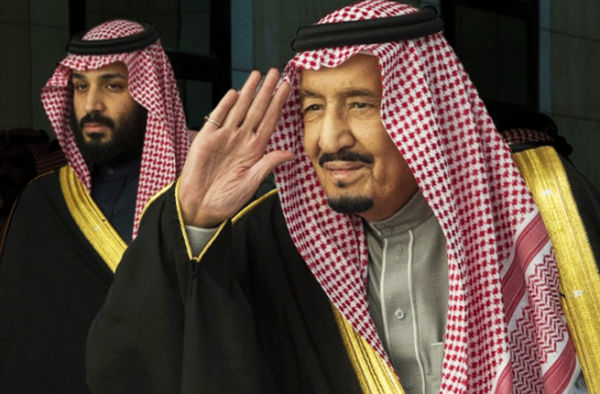
“The Ministry of Communications and Information Technology plans to implement 10 operational programs for the final year of the current government, most of which will be in the field of space, development of national information network infrastructure, cyberspace, and public relations,” Azari Jahromi said on Wednesday.
“We are trying to launch five satellites by end of this year in coordination with the Ministry of Defense,” he added.
“Utilization of a large Iranian supercomputer, which is one of the top 500 computers in the world, is on the agenda,” he said, adding, “This supercomputer is very important for information processing and achieving results in artificial intelligence and is one of the artificial intelligence infrastructures that will be put into operation in February.”
Azari Jahromi had announced in June that the number of the country’s manufactured satellites will increase to 18 by the end of the current Iranian year.
“Iran had made 3 satellites by the year 2013, it increased to 7 in 2017, 15 in 2020 and God willing, we will have 18 home-made satellites by the end of this year,” Azari Jahromi said, addressing the parliamentarians in Tehran.
He also underlined the importance of the recent satellite launched by the Islamic Revolution Guards Corps (IRGC) Aerospace Force as a move that has expanded Iran’s scientific capacities and paved the ground for more progress.
The IRGC successfully launched and placed Iran’s first military satellite named Nour 1 (Light 1) into the orbit late in April.
The IRGC fired the satellite aboard Qassed (Carrier) satellite carrier during an operation that was staged in Dasht-e Kavir, Iran’s sprawling Central desert.
The Launcher Qassed is a three-stage launcher using compound solid-liquid fuel.
The satellite was placed into the orbit 425km above Earth’s surface.
The satellite was sent to the space on the anniversary of the IRGC establishment (April 22, 1979).




